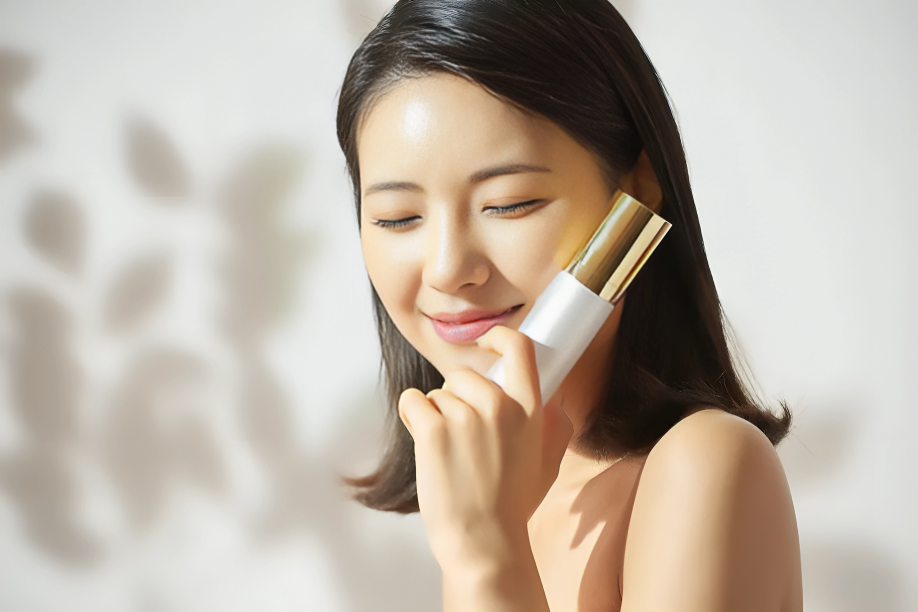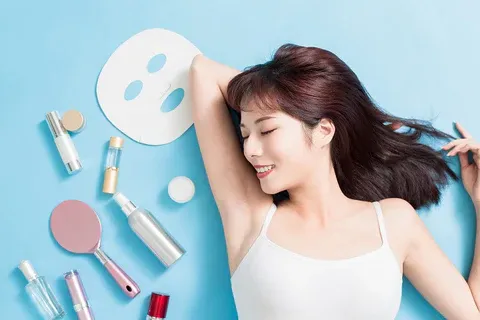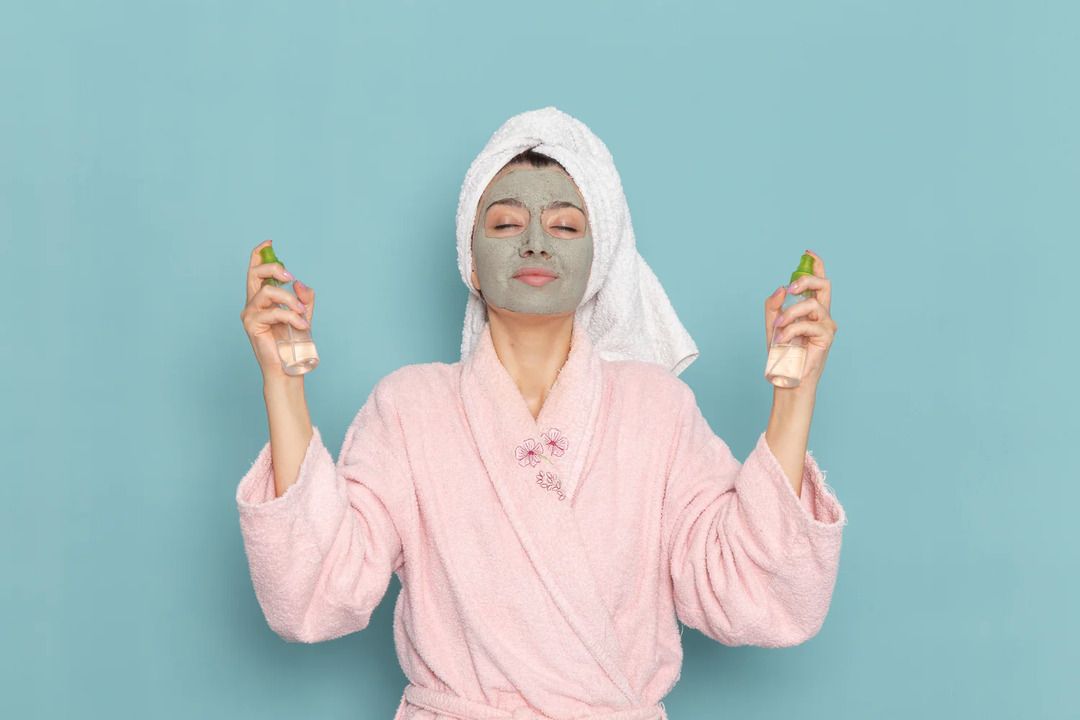If you are a beauty lover, then chances are you already know about the Japanese and Korean skin care rituals. The two skin care rituals have taken the world and brought in millions of eyeballs with their peculiar manner of indulging oneself's complexion. Is it the Japanese skin care routine, all spare and long-term gratification, or the Korean skin care ritual, with its multi-step consumerist approach? Both deliver healthy, glowing skin. But so many similarities—and differences—how do you know what to employ?

Here, in this blog post, we are comparing Japanese vs Korean skin care controversy, product type, ingredients, and philosophies, and walking you through the process of how to select what will work for your own skin concerns. Based on the complexity of it all, you will also be shown where to find the best Japanese beauty products, even for those who require Japanese skin care products India.
Philosophy and Method: Less vs. More
Japanese Skincare: The Beauty of Simplicity
Prevention, keep it simple, and healthy skin in the long run. Ancient rituals and modern dermatology, gentle skin care with proven ingredients.
Typically 4 to 6 steps.
Designed to hydrate, cleanse, and protect.
Ideal for users who like straightforward routines.
Using natural ingredients such as rice bran, green tea, and algae.
Japan's skincare philosophy is the same as its own character—tranquil, even, and significant. Instead of emphasizing surface fads, Japanese skincare brands prefer to do significant recipes that are gentle but stimulating. Most committed clients to this practice enjoy its gentle but powerful effect in the long run, and it suits mature or sensitive Japan skin clients.
Their popularity has also made them relatively inexpensive everywhere globally. Now, you could purchase Japanese skin products by the mound in India from online shops, so J-beauty reaches more individuals.
Korean Skincare: Experimentation and Innovation
Conversely, Korean skincare is experimentation, trying, and healing. It's changing and evolving second by second due to the booming beauty economy and non-stop innovation.
Usually has 7 to 10 steps.
Goal is to stack light-textured products in clusters.
I targets specific skin issues such as acne, dullness, and aging.
Features:
New ingredients such as snail mucin, fermented rice, and centella asiatica.
Korean skincare ritual fans enjoy the freedom to tailor their steps based on what their skin demands on that given day. Minus the pores? Introduce a toner with witch hazel into the routine. More even tone? Introduce a vitamin C serum into the routine. Dry skin? Apply a moisturizing ampoule and sleeping pack. This kind of customization is one of the core attractions of K-beauty.
Step-by-Step Routine Guide: Things to Note
Average Japanese Skincare Routine
Oil Cleanser – Dissolves dirt and makeup.
Foaming Cleanser – Cleans penetration gently.
Softener or Lotion – Pre-treatment moisturizer (does not have astringent).
Emulsion or Serum – Treatment layers or light moisturizers.
Cream – Locks in the moisture and moisturizes the skin barrier.
Sunscreen – Most important day-time step for Japan skins.
Most Japanese cosmetics are widely used because of their hypoallergenic, fragrance-free, and pH-balanced nature and thus safe to apply over a long period of time. The crème de la crème of Japan's top skin care brands are Hada Labo, SK-II, and DHC. These have been quoted as among the best performing and cleanest of Japanese cosmetics.
Old School Korean Skincare Routine
Oil-Based Cleanser
Water-Based Cleanser
Exfoliator (2-3 times a week)
Toner
Essence
Serum/Ampoule
Sheet Mask
Eye Cream
Moisturizer
Sunscreen
This rigorous regimen enables consumers to address a multitude of issues simultaneously, from dehydration and discoloration to aging. Layering is the signature of Korean skincare, and done on a daily basis, attains that jealously coveted "glass skin" look—radiant, even-toned, and luminous.
Ingredients: Nature Meets Science
Japanese Skincare Ingredients
Japanese treatment is often all about clean, active ingredients like:
Rice Bran – Lightens and hydrates skin.
Green Tea – Rich in antioxidants.
Seaweed and Algae – Hydrate and purify.
Ceramides – Repair the skin barrier.
They are all most commonly in some of the best Japanese beauty products, which repair and soothe simultaneously without any type of irritation on the skin. Korean skincare is therefore absolutely flawless for dry, sensitive, and wrinkled skin.
Korean Skincare Ingredients
K-beauty is all renowned for doing the impossible when it comes to skincare. Ingredients used are as follows:
Snail Mucin – Sunbeats and moisturizes.
Centella Asiatica – Reduces redness and inflammation.
Niacinamide – Gives radiance and normalizes complexion.
Ginseng – Energizes and fights signs of aging.
Since Korean products are made to be light, they settle in well without pore clogging, hence perfect for oily or acne skin types. Next-generation companies with high concentrations of active ingredients include COSRX, Innisfree, and Missha.

Product Innovation and Availability
Where Japanese and Korean beauty diverge is in the way innovation is handled. Japanese brands prefer a minimalist strategy with refreshes—streamlining recipes that have existed for centuries. Korean skincare is frantic with innovation at high speed, churning out fresh recipes that are attempting to keep up with what is current.
Availability levels, Korean beauty products are more demanded and wanted globally. With increasing demand for Japanese skin care as well in India, J-beauty has also now begun gaining traction and is now readily available.
If you want the best Japanese cosmetic or the latest K-beauty, then there is never a better time to surf over the products on offer present in skincare in both countries.
Final Thoughts: Why Not Both
Aside from fantasy, the conflict between Japanese and Korean dermatologists when it comes to skincare is not something to battle. Most participants in skincare just switch and interchange both worlds' best—the Japanese skin care cleanser and sunscreen, followed by the application of a Korean essence or serum, for example. The key is to find products that best suit your skin and lifestyle.
Whether you're interested in the otherworldly loveliness of Japanese skin care or the performance madness of Korean skin care routine, they're both useful. To understand how to accept their differences will enable you to develop a routine that provides your skin with the best.
venture both worlds, scoop the best of Japanese skincare product, and be brave enough to take the leap of faith on K-beauty new tech. Good skin, really, is not a trend—it's about consistency, taking care, of what works for you.
